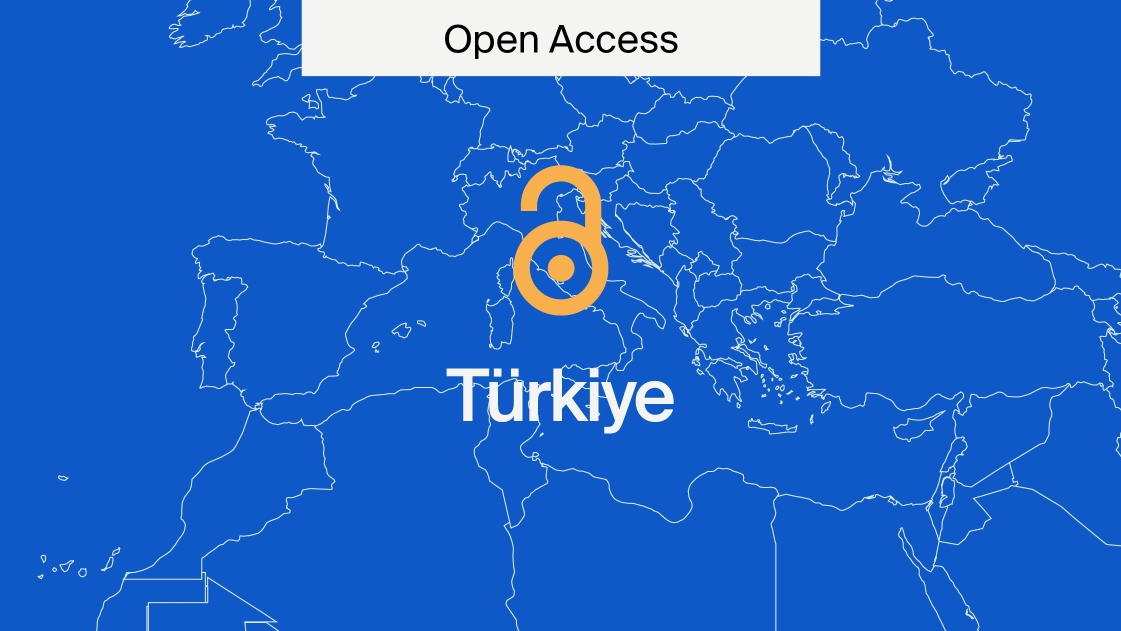
World Hepatitis Day—Raising Awareness and Saving Lives
Every 30 seconds someone dies due to a hepatitis-related condition. With vaccines existing against the virus, it is imperative that action is taken soon to reduce the unfortunate deaths caused by the disease. This year, the theme of World Hepatitis Day, which takes place on 28th July is “Hepatitis Can’t Wait”, with a focus on a hepatitis-free future for the planet. The World Health Organisation (WHO) has pledged to eradicate hepatitis by 2030, providing vaccines and treatment to those most vulnerable. But what is Hepititis, what makes it so dangerous and what can we do to eliminate it?
What is hepatitis?
Hepatitis is the inflammation of the liver, which can be caused a number of ways, primarily through viral infection. There are 5 different viruses in the hepatitis family, A, B, C, D and E, although hepititis A, B and C are the most common globally.
Hepatitis A
Hepatitis A is caused by the hepatitis A virus, which is transmitted via feces. Those who become infected have consumed food or drink which has been contaminated. The infection usually passes within a few months; however, in rare cases, it can become life threatening. There’s no specific treatment available however a vaccine exists to prevent the infection.
Hepatitis B
Hepatitis B is caused by the hepatitis B virus, which is spread from the bodily fluids of an infected person. Commonly this occurs from mother to baby during pregnancy or from child-to-child contact. Luckily, the hepatitis B virus in adults results in a short-term infection, with recovery for most taking a couple of months. Unfortunately, children who are infected often develop chronic hepatitis B, a longer-term infection which can eventually lead to cirrhosis and liver cancer. Luckily, antiviral medication is effective against hepatitis B and a vaccine exists to help protect those who are at the most risk.
Unfortunately, hepatitis B can lead to further complications, such as the subsequent infection with hepatitis D, which currently has no existing vaccines. Long-term infection with hepatitis D can lead also lead to cirrhosis and liver cancer. Although there’s no specific vaccine for hepatitis D, the hepatitis B vaccine will help protect against it as hepatitis B infection is essential for the survival of the hepatitis D virus in the body.
Hepatitis C
Hepatitis C infection is the result of a situation where needles have been shared or blood-to-blood contact has occurred. This commonly happens due to drug use or from unsafe medical injections and poor healthcare practices. Hepatitis C often has no symptoms and roughly 25% of people will fight off the infection, whilst the remaining 75% will become afflicted with chronic hepatitis C. Like the other forms of chronic hepatitis, this can lead to cirrhosis and liver failiure. Hepatitis C can be treated using antivirals, but there is currently no vaccine available.
World Hepatitis Day
What can be done to eliminate the virus in the next nine years? WHO aims to deliver life-saving treatments to those currently infected with hepatitis, and reducing transmission from pregnant women to babies must be of top priority, through testing and treatment. They also wish to roll out global vaccination schemes to help push the virus into extinction. However, they urge decision makers to aid the elimination of hepititis through a combination of funding and political willpower. Further resources on the current hepatitis treatments, as well as how to end hepatitis, can be found in the following special issues in Viruses and Vaccines:
- Viral Hepatitis Treatment in Viruses.
- Ways to Eliminate Viral Hepatitis as a Global Health Threat in Viruses.
- Hepatitis and Vaccines in Vaccines.
We welcome submissions surrounding hepatitis research to these Special Issues to hopefully aid the WHO in making hepatitis extinct by 2030. If you want to learn more about viruses, why not read our article How and Why Virus Variants Emerge.










